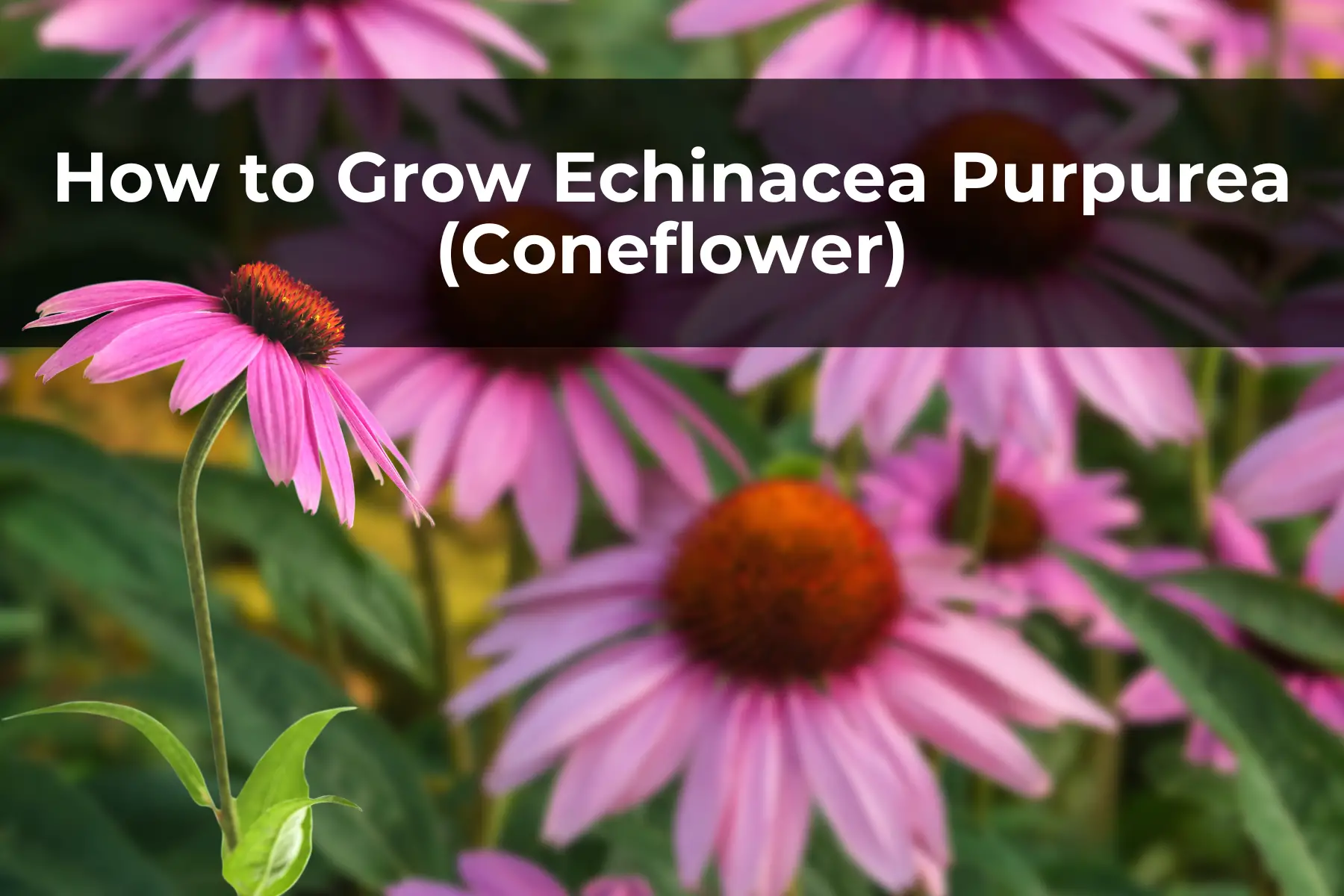Last Updated on April 5, 2024 by Real Men Sow
Echinacea Purpurea, also known as Coneflowers, are perennial plants that can live for many years. You can leave them alone for up to four years, but they may benefit from being divided into two plants that will live many more years.
How And When To Plant Echinacea Purpurea
You can choose to be in the sun or in the shade. Choose a spot where the soil is not too dry but still moist. Add lots of compost to heavy soils and make sure it drains well. You can plant it all year long as the soil isn’t frozen and you water well when the conditions are dry. Potted Echinacea is best planted between March and April and September through October.
Echinacea doesn’t always bloom well in its first year. Plant in September or October to ensure a great display next year. Planting more than Echinacea requires that you allow between each plant a distance of 30m to 45cm (12in-18in) Dig a hole twice as wide as the root ball. Mix in some blood, bone, and fish.
Fill the hole with soil to the same depth as the pot. Firmly but gently fill the hole around the rootball. To settle the soil around the rootball, water the well.
General Care of Echinacea Purpurea
Watering
Keep them well watered for the first year to keep the soil moist, but not too dry. In the second year, water only if it is very dry. Echinacea plants have long taproots that ensure adequate water even in the driest conditions. To conserve water and discourage weeds, mulch around plants in spring.
Feeding
In the middle of June, June, and August, feed them with a long-lasting fertilizer like fish, bone, blood, and bone. Avoid feeding them with nitrogen-rich fertilizers as they will encourage excessive foliage at the expense of flowers.
Encourage Flower Growth
To encourage new flowers to grow, pinch off any flowers that are beginning to fade. Cut the plants to a ground level between November and December.
After three to four years, flower production will drop. Divide the plant into three pieces with a knife. Replant one plant where it was original and plant the rest elsewhere. Water well. To ensure roots are moistened by natural rain, divide them in this way in October.
How to Grow Echinacea Purpurea in Containers
Echinacea has long tap roots. The longer the tap roots grow, the taller it is. Choose one of the shorter varieties, such as Echinacea Purpurea Pink Double Delight’ or Echinaceapurpurea Rubinglow’. They prefer moist, well-drained soil. Regular watering is essential.
The smallest container for plants is 45cm/18in diameter. A larger container will make the plant happier and will need less watering. It is okay to have a container 30cm/12 in deep. However, it will require less watering the deeper the container is.
Your plant should be fed with fish blood and bone in spring and fall. You can also feed your plant once a month with Miracle-Gro or another liquid food.
Echinacea Purpurea Pests And Diseases
Echinacea is very strong growth and in normal conditions, they are pest and disease free. However, there are two problems you might still encounter. The Vine Weevil is most common on container-grown plants. And occasionally, powdery mildew can also affect the echinacea.


